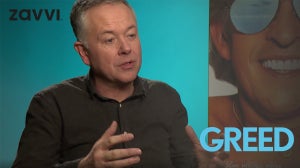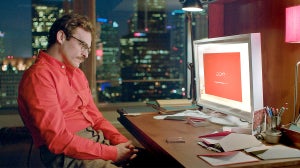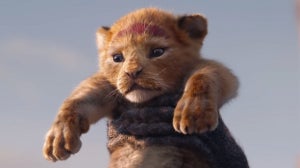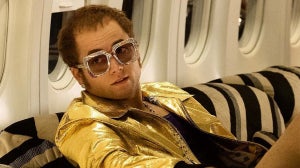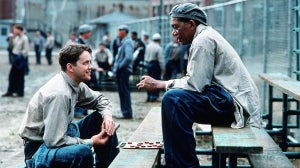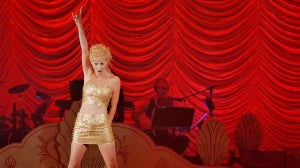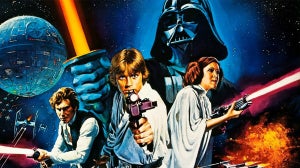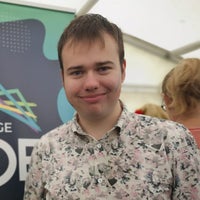
Since the film premiered at the Toronto Film Festival in 2021, director Lucile Hadžihalilović’s adaptation of Brian Catling’s 2019 novel of the same name has completely perplexed critics and audiences alike – something which is entirely by the director’s design.
Set in mid 20th century Europe, the film follows Albert (Paul Hilton) a 50-year-old man who has been assigned as the guardian of ten-year-old Mia (Romane Hemelaers), a girl whose teeth are made of ice and need to be regularly changed throughout the day. She never leaves his oppressive apartment, where he regularly receives orders by some unseen third party, but this uncomfortable domestic setup is confused even further when she’s taken into the outside world, and a new guardian appears to resume Albert’s duties.

Hadžihalilović was given a copy of the novel to read by her co-screenwriter Geoff Cox (best known for penning High Life), who was friends with Catling, and immediately instructed her to make a film out of it as the material was tailor made to her sensibilities.
“The book is a very rich, very visual work”, she told Zavvi, “but it was written in a way that makes it hard to enter and understand who this main character is, because it’s so interior. It was a very mysterious story, told from the point of view of a man who is confused between his reality and his own memories, and finding a way to do my own interpretation of that was a very exciting challenge.
“The other thing that immediately struck me was this strong, resonant image of the girl with the ice teeth. As soon as I read it I knew I wanted to see it, and it was the first thing we worked on when we started preparing the shoot.
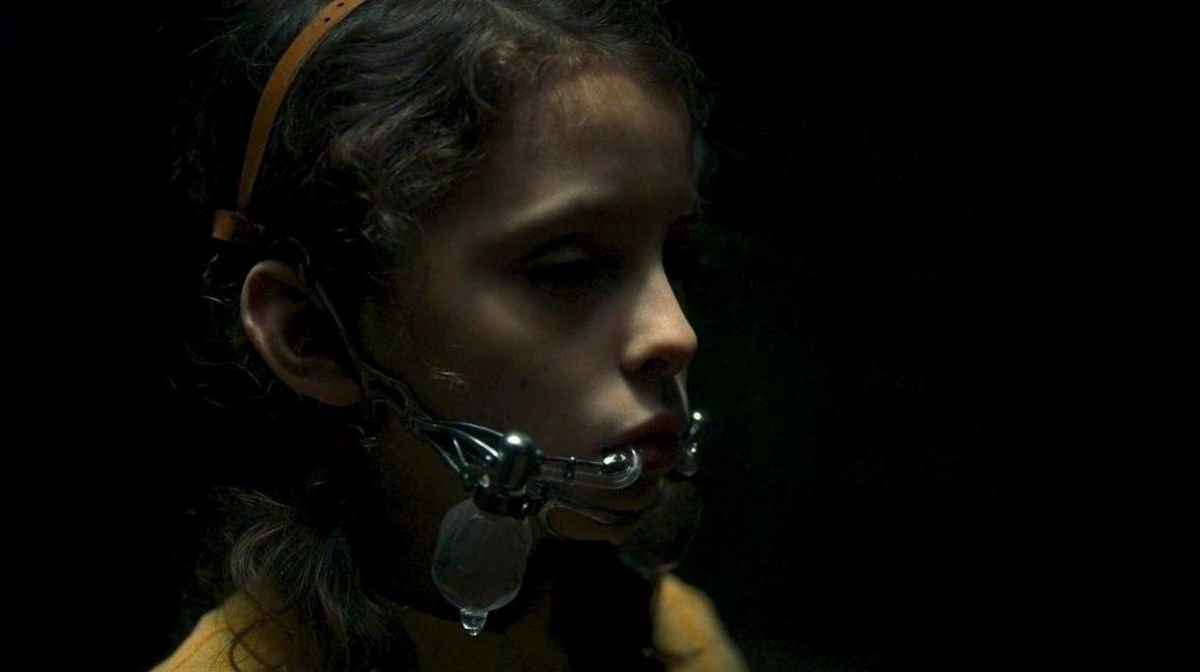
"But we did some tests with prosthetics, and very quickly discovered that ice teeth just look like normal teeth; we thought it’d be incredible, but visually it wasn’t, and all ice does is melt!
“It was then that I realised there was another meaning in this story I didn’t catch immediately: this is a tale of a man trying to make this girl complete. My other films are from the point of view of children in these nightmarish situations, so it was interesting to tell this story from the adult point of view”.
The novel is much more detailed when it comes to factoring in the backstories of secondary characters and how their presence directly impacts the central narrative – something the adaptation leaves open to interpretation. Hadžihalilović’s process of adapting the story largely revolved around “simplification”, to leave Albert’s history offscreen and make the motivations of the supporting cast ambiguous.
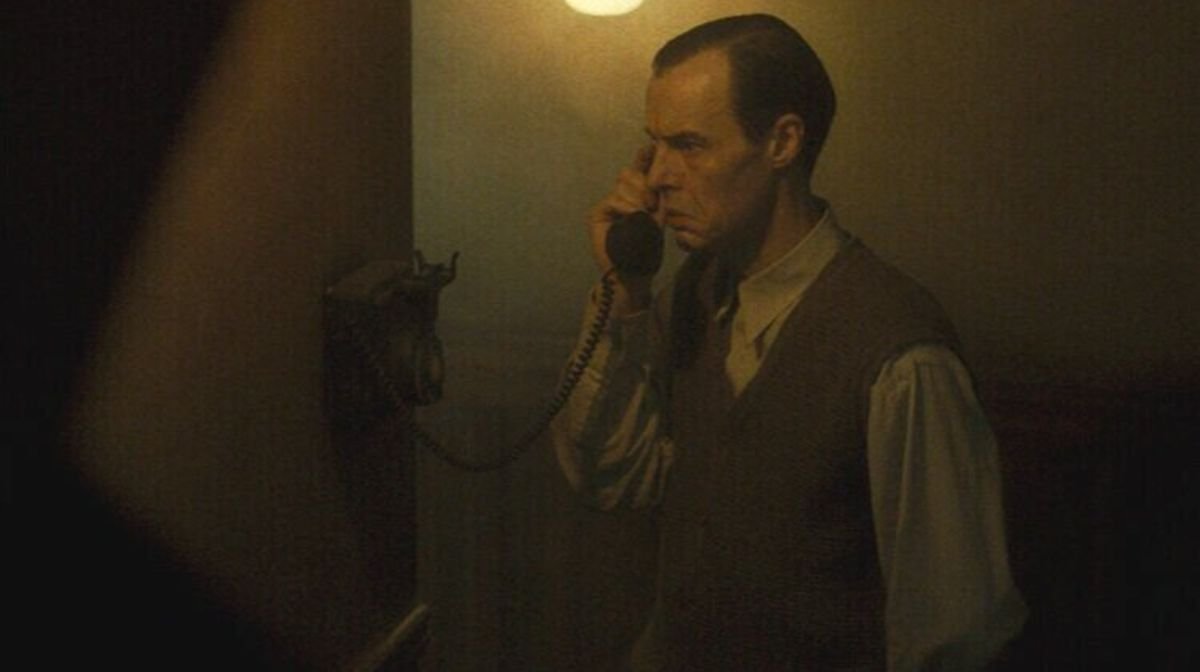
“There was much more about the characters and their stories”, the director continued, “but we didn’t think it was necessary to know that in the film. This is a story about how lost and repressed memories can cause this waking state of confusion - to me, it’s a story of repression first and foremost, because of the trauma following the death of his wife.”
Although the novel is set in Belgium, and the film’s visual style has a striking sense of the mid 20th century European gothic to it, the project ended up being Hadžihalilović’s first English language feature. This was largely due to necessity (the BFI were eager to work with her, and she believed French production companies would find the story “too bizarre” to offer funding), although it did create a new problem in terms of determining a sense of place.
“When reading the novel, I thought it would be set in Germany or central Europe during a time I had roughly mapped out as the 1950’s – I was also looking at old photographs of Budapest and Poland as reference points for the location. But then you have all these British actors, and so the biggest challenge became determining what the universal accent would be.
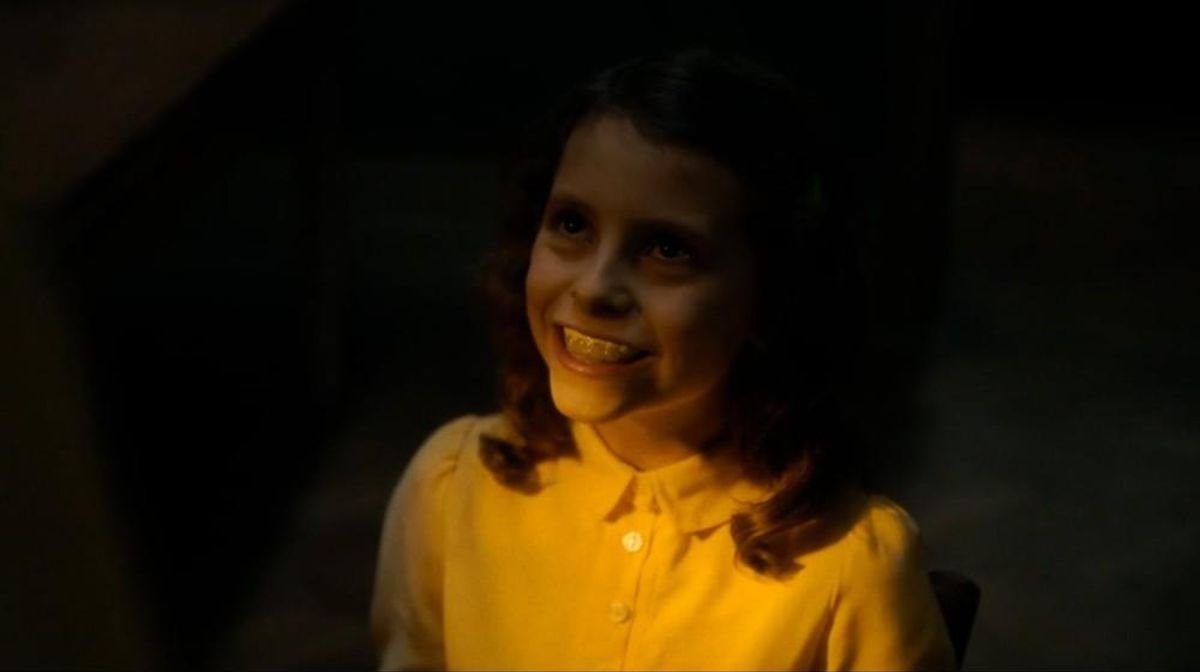
"It was always going to be in English, it’s the default when making a film in an undetermined setting as it can really be the “language of nowhere”. But finding an accent that could register as European, but not foreign to an English-speaking audience, proved to be the biggest problem for me”.
It’s a cliché to say it, but the setting of Earwig is very much a character in its own right. The bulk of the movie is set within Albert’s eerie apartment, a setting that is largely empty – and yet, this proves surprisingly unsettling as an image.
“We needed a building with an expressionist element, and from there, we decided to play on the emptiness within it. I feel it creates this weird reality, because it’s just a normal apartment – but there’s just nothing in it, so it furthers the sense you’re in this alternate reality because there are no people or cars in the streets outside, like you exist entirely in a cocoon from the wider world.”

This is Hadžihalilović’s third feature, following 2004’s Innocence and 2015’s Evolution, with the connective tissue between the three films being their choice of setting – dark, interior locations that are cut off almost entirely from the wider world.
“I realise that I’m drawn to these spaces, but I don’t really know why”, the director continued. “I make films where the personal stories of the characters are about them coming to terms with how the place where they feel secure and protected is actually this oppressive prison, but they still question whether they need to leave there. It’s something I’ve been fascinated with since my first film.”
Much of Earwig defies easy interpretation, especially if you haven’t read the source material beforehand. But a lot of it will get under your skin regardless, due to much of the surreal imagery – it's got the film on the schedules of several horror festivals since its premiere, but Hadžihalilović isn’t a fan of such simple genre categorisation (“it’s more of a story of madness and loneliness rather than horror”).
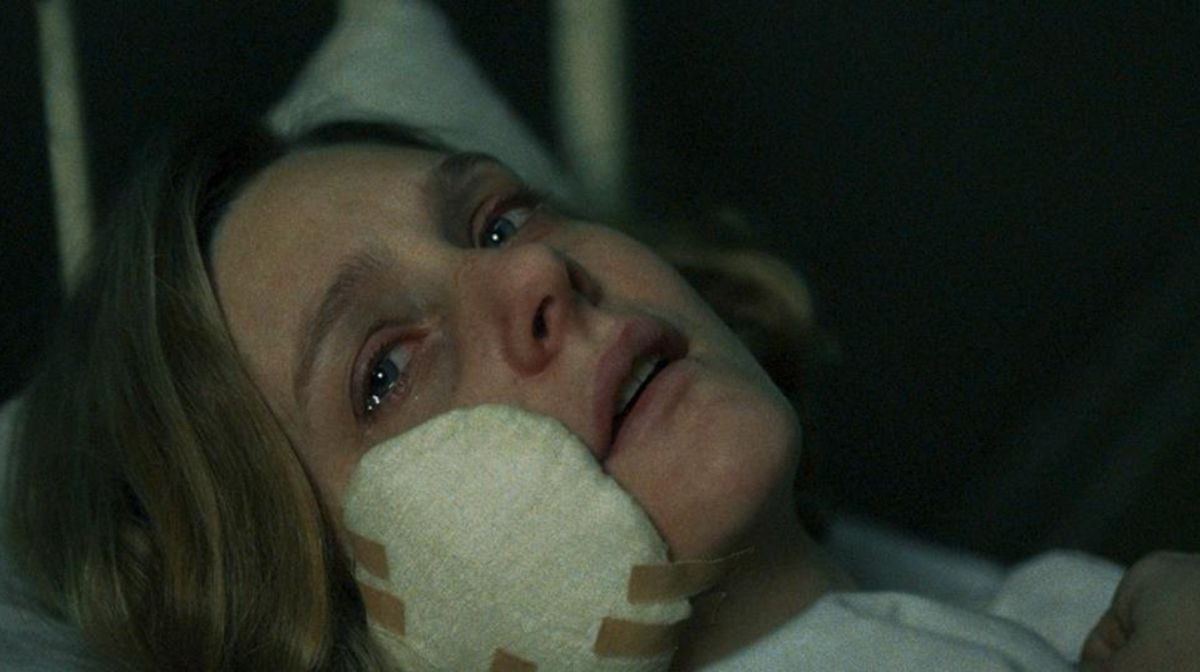
This surreal nature has led to various audience theories aiming to decipher a deeper meaning to what’s happening, some of which have even led the director to go back and revisit her own film, as they’ve recontextualised certain scenes in a new light.
An early sequence, in which Mia is shown falling in a lake, unearthed a theory that the film is set during two different time periods, with a waitress character we’re introduced to later in the story being her older equivalent. The story was deliberately “designed with holes in some places” to welcome such interpretations, which only serves to make the puzzle of the film even trickier to solve.
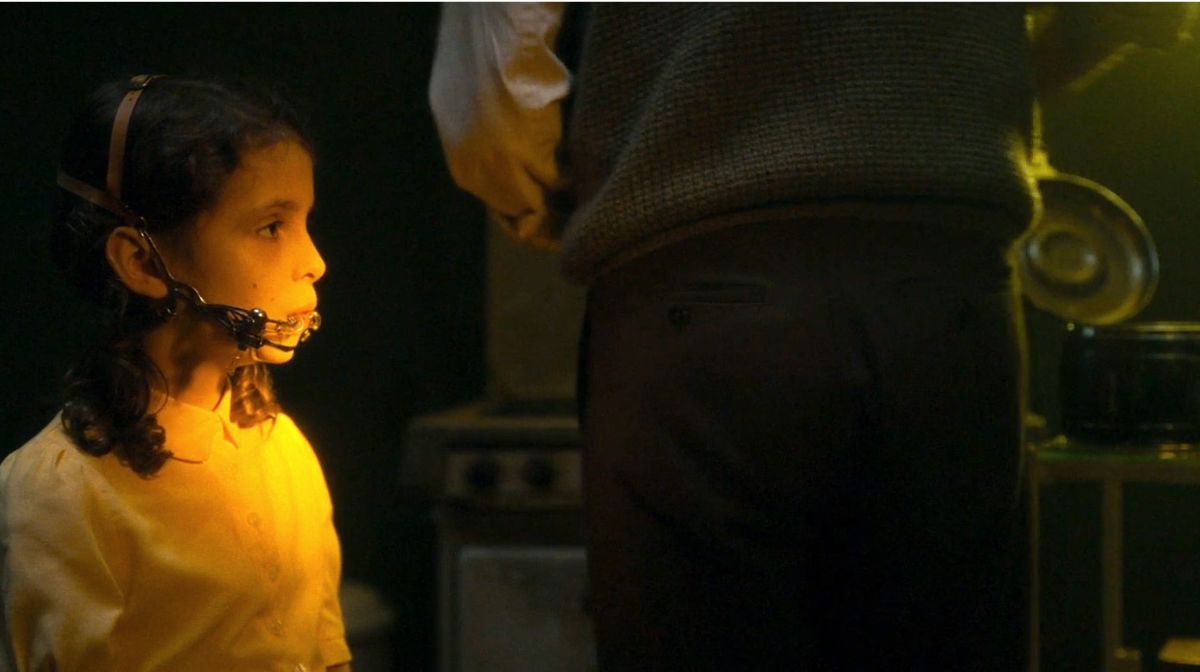
The director herself can’t give any concrete answer, of course, as her initial meeting with Brian Catling had him tell her not to ask anything – he wanted to see something different, rather than a repetition of his work. He was pleased with the final outcome, with the director overwhelmed with the generosity and freedom he afforded her in adapting it.
The end result has made for a film that will likely cause arguments, as audiences will try to unpack all of the story’s secrets which are hidden between the lines. In that sense, it’s exactly the film Hadžihalilović set out to make.
Earwig is out now on Blu-ray from Anti Worlds releasing. Shop here.For all things pop culture, follow us on Facebook, Instagram, Twitter and TikTok.


